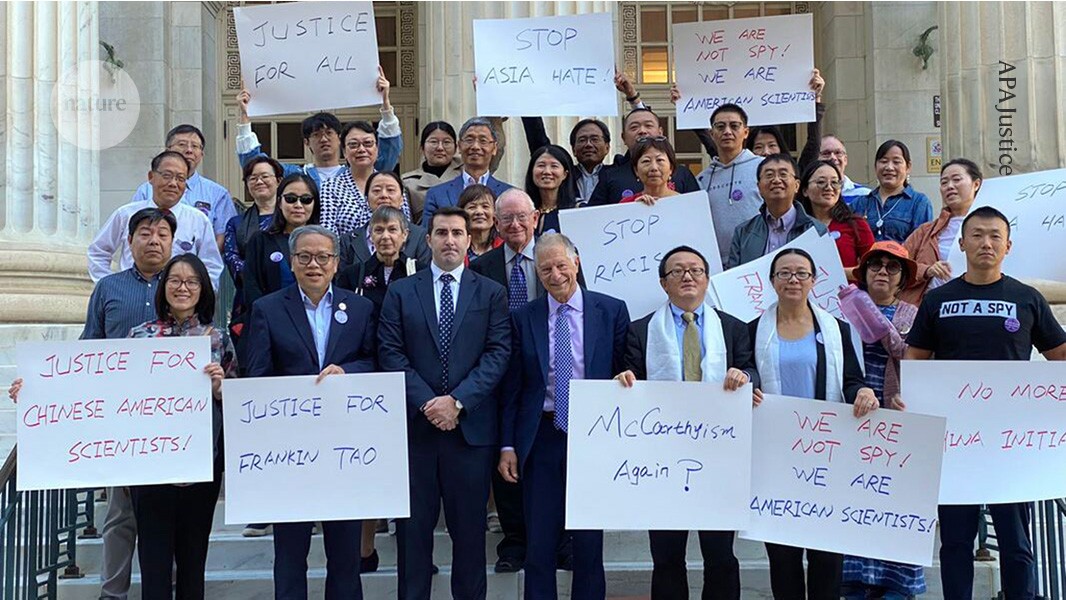Next.js SEO Quick Checklist
I. Project Setup & Core Technical SEO [ ] 1. Use Next.js 15 or Latest Stable Version: Update your project to the newest stable Next.js version for performance and SEO feature benefits. [ ] 2. Server-Side Rendering (SSR) or Static Site Generation (SSG) Strategy: Choose SSR or SSG based on content dynamism for optimal indexing. [ ] 3. Optimize robots.txt: Configure robots.txt in your public directory to control crawler access and direct them appropriately. [ ] 4. Implement XML Sitemap (sitemap.xml): Create and place a sitemap.xml in your public directory or dynamically generate it to help search engines discover your pages. [ ] 5. Optimize URL Structure (Clean & Semantic URLs): Use clean, keyword-rich, and readable URLs with hyphens and lowercase. [ ] 6. Implement Canonical URLs: Use

I. Project Setup & Core Technical SEO
- [ ] 1. Use Next.js 15 or Latest Stable Version: Update your project to the newest stable Next.js version for performance and SEO feature benefits.
- [ ] 2. Server-Side Rendering (SSR) or Static Site Generation (SSG) Strategy: Choose SSR or SSG based on content dynamism for optimal indexing.
- [ ] 3. Optimize
robots.txt: Configurerobots.txtin your public directory to control crawler access and direct them appropriately. - [ ] 4. Implement XML Sitemap (
sitemap.xml): Create and place asitemap.xmlin your public directory or dynamically generate it to help search engines discover your pages. - [ ] 5. Optimize URL Structure (Clean & Semantic URLs): Use clean, keyword-rich, and readable URLs with hyphens and lowercase.
- [ ] 6. Implement Canonical URLs: Use
into prevent duplicate content issues by specifying the primary URL. - [ ] 7. Ensure Mobile-Friendliness & Responsive Design: Make your website fully responsive and mobile-friendly, using viewport meta tag.
- [ ] 8. Website Performance Optimization (Speed is Key): Optimize website speed by using
next/image, code splitting, caching, and minimizing JavaScript/CSS. - [ ] 9. Implement HTTPS: Ensure your site uses HTTPS for security and as a ranking signal.
- [ ] 10. Optimize for Core Web Vitals: Improve LCP, FID, and CLS to enhance user experience and SEO.
II. On-Page SEO & Content Optimization
- [ ] 11. Craft High-Quality, Relevant Content: Create valuable, unique, and in-depth content based on keyword research and user intent.
- [ ] 12. Optimize Title Tags & Meta Descriptions: Write compelling, keyword-rich title tags (under 60 chars) and meta descriptions (under 160 chars) in
. - [ ] 13. Optimize Header Tags (H1-H6): Structure content logically with header tags (H1-H6), using H1 for the main title and including keywords naturally.
- [ ] 14. Image Optimization (Alt Text, File Names, Size): Optimize images with descriptive alt text, keyword-rich file names, and compressed sizes using
next/image. - [ ] 15. Internal Linking Strategy: Implement internal linking by linking relevant pages with descriptive anchor text using
. - [ ] 16. Structured Data Markup (Schema.org): Implement JSON-LD structured data using Schema.org vocabulary to enhance search engine understanding and rich results.
- [ ] 17. Optimize for Local SEO (If Applicable): Optimize Google Business Profile, local citations, schema, and content for local search if targeting a local audience.
III. Advanced Next.js & SEO Considerations
- [ ] 18. Leverage Next.js Middleware for SEO Redirects & Rewrites: Use middleware for implementing SEO redirects (301) and URL rewrites.
- [ ] 19. Handle 404 Pages Effectively: Create a user-friendly custom
404.jspage that guides users back to the site. - [ ] 20. Consider Internationalization (i18n) for Multi-Language Sites: Implement i18n routing and
hreflangtags for multi-language websites. - [ ] 21. Monitor & Analyze SEO Performance: Regularly monitor SEO performance using Google Search Console, Analytics, and rank tracking tools.
IV. Accessibility & User Experience (Indirect SEO Benefits)
- [ ] 22. Ensure Website Accessibility (WCAG Guidelines): Make your website accessible by following WCAG guidelines for improved user experience.
- [ ] 23. Optimize User Experience (UX): Enhance user experience with clear navigation, readable content, fast loading times, and engaging content.
V. Post-Launch & Ongoing SEO
- [ ] 24. Submit Sitemap to Search Engines: Submit your
sitemap.xmlto Google Search Console and Bing Webmaster Tools. - [ ] 25. Build High-Quality Backlinks (Off-Page SEO): Focus on building high-quality backlinks through content marketing, guest blogging, and outreach.
- [ ] 26. Regularly Update Content: Keep your content fresh and updated to signal relevance to search engines.
- [ ] 27. Stay Updated with SEO Best Practices & Algorithm Updates: Continuously learn and adapt to SEO best practices and algorithm updates by following SEO resources.
What's Your Reaction?















































































